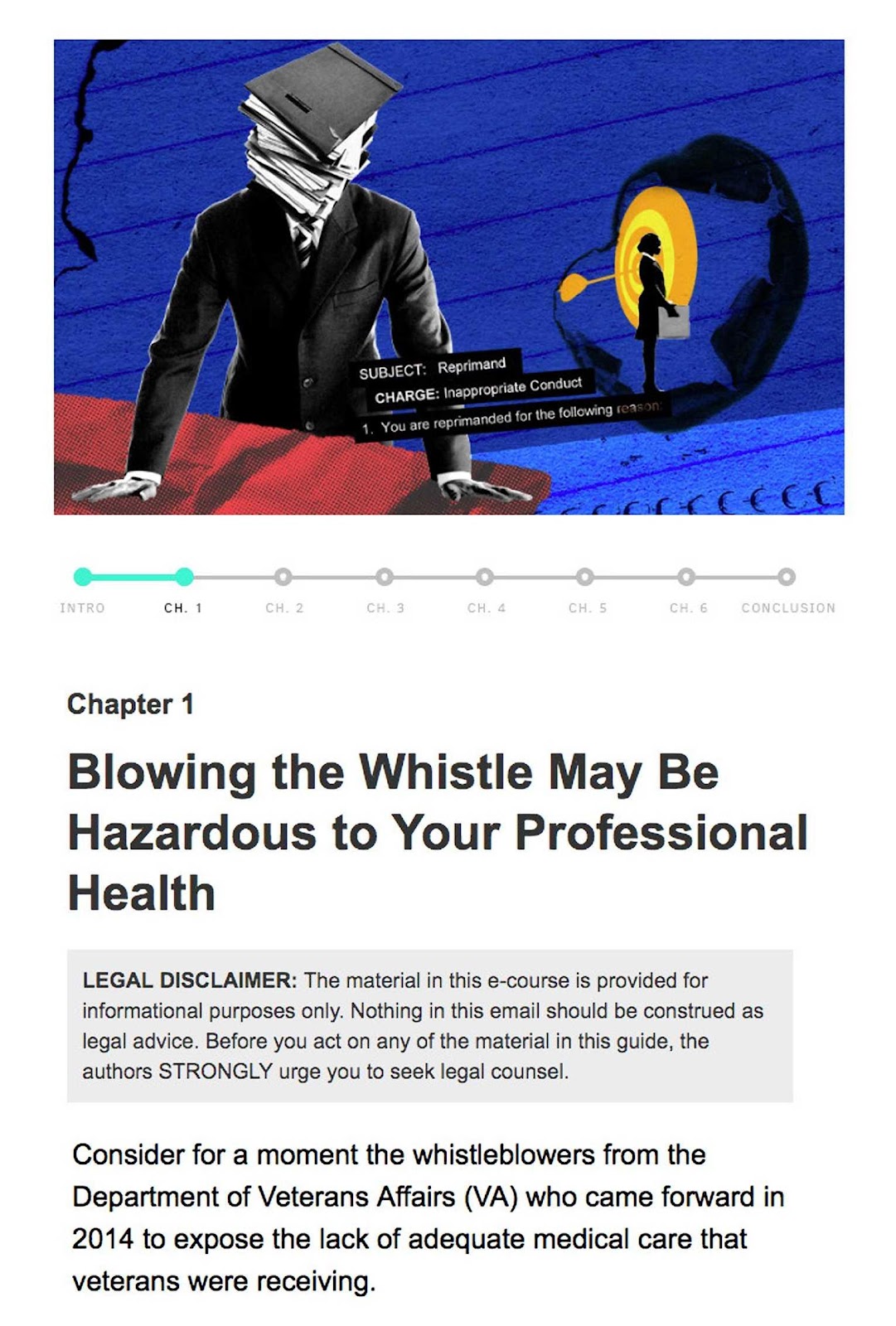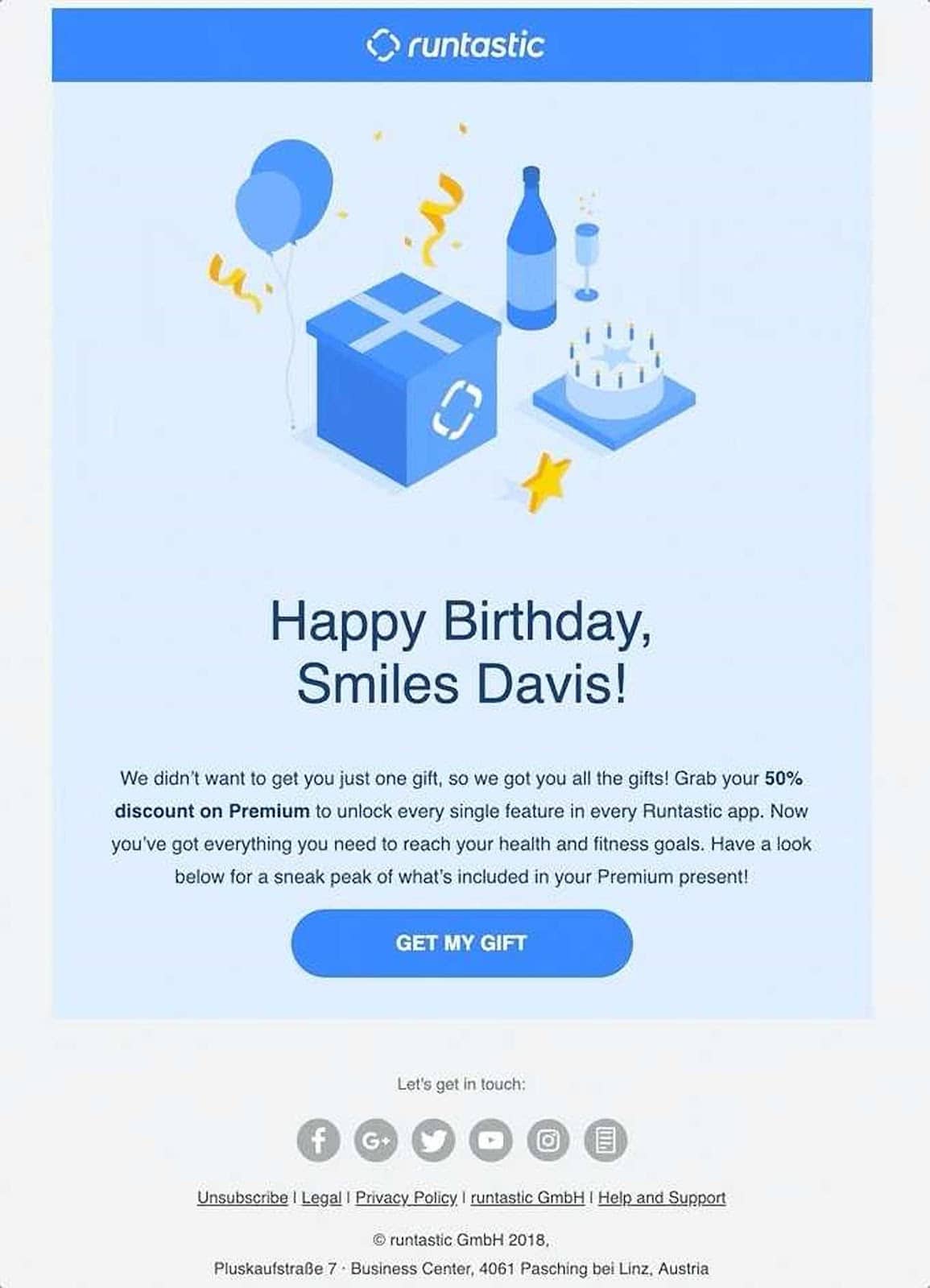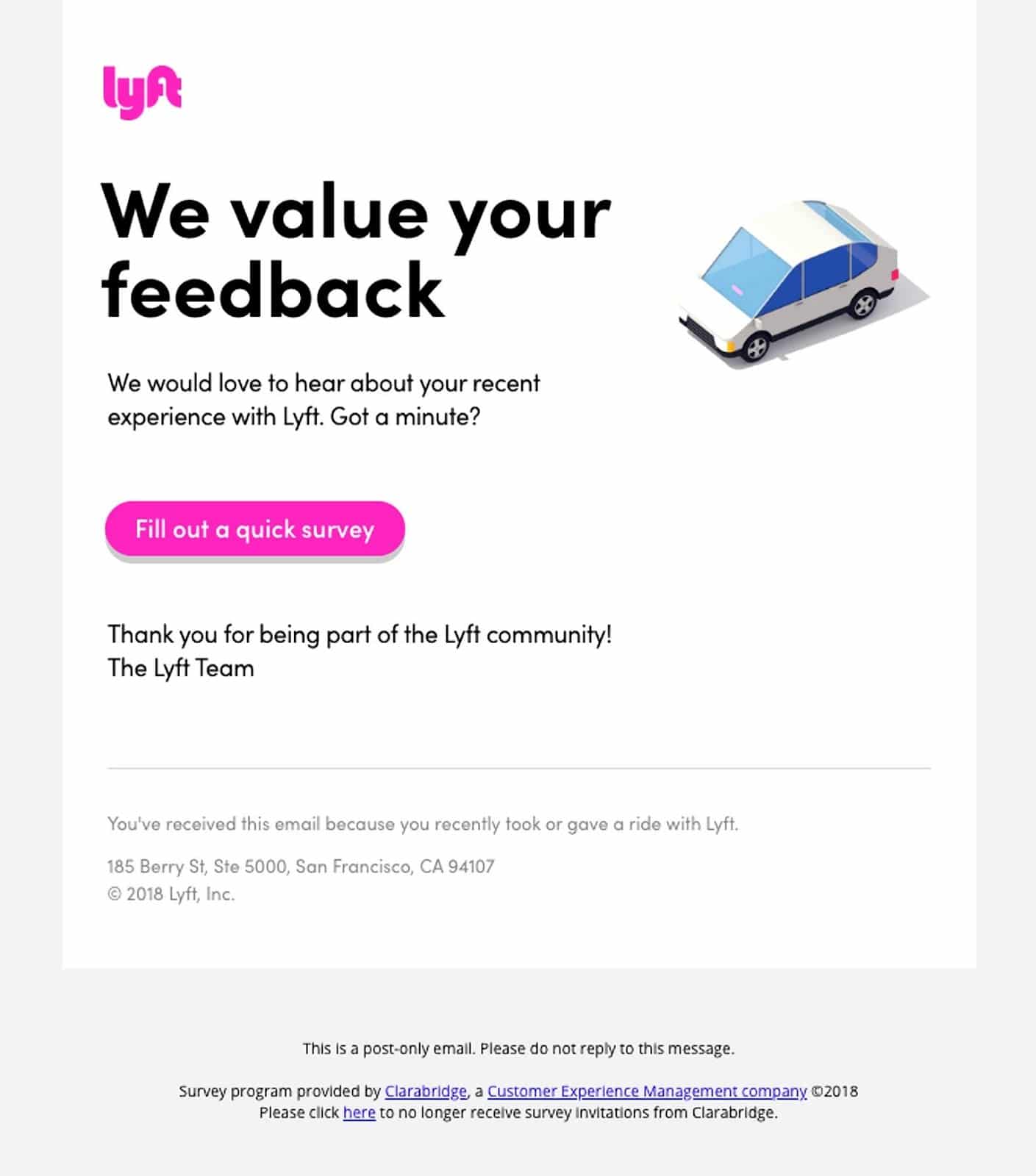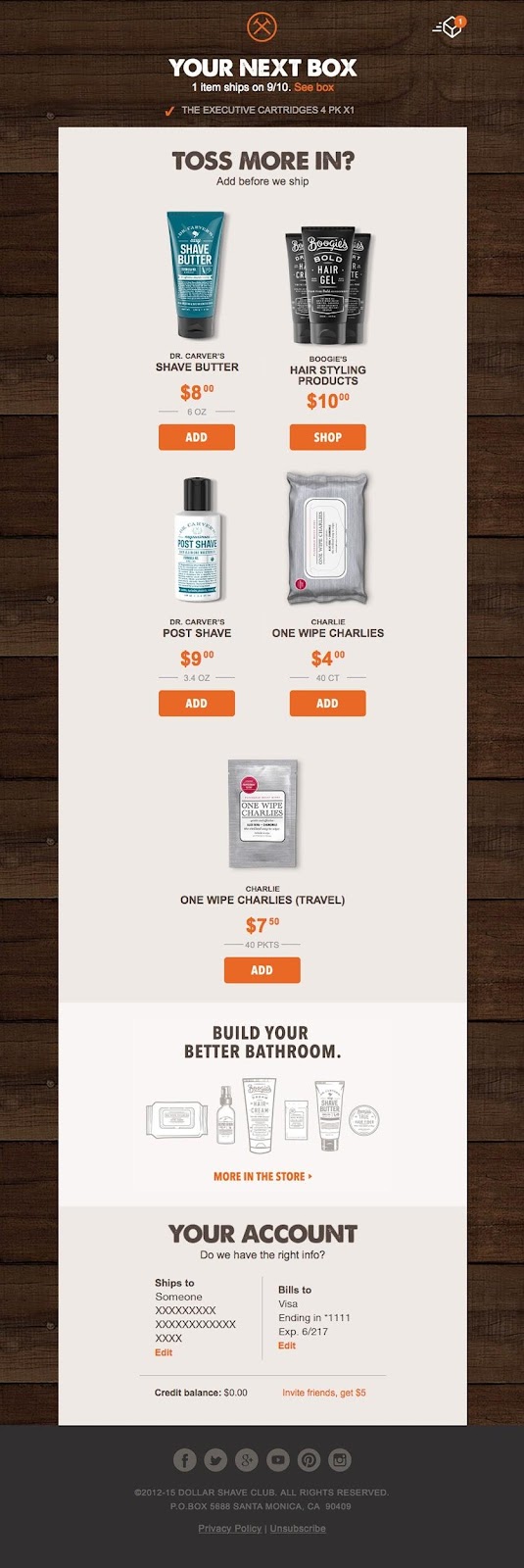How to write an email autoresponder your audience loves
As a digital marketer today, some of the most versatile instruments in history occupy your toolbox.
One of them is the email autoresponder. But what’s so special about it?
It’s a common feature that allows you to set up email sequences. These automated messages create a uniform and consistent experience for those opting into your list.
With an email autoresponder, a few hours of hard work can benefit your digital marketing strategy indefinitely. A single email can be sent to multiple people.
What else should you know about them? What are specific online marketing situations that would benefit from them?
If you’re not sure how to answer the questions above, we’ve put together a guide on how email autoresponders can benefit you.
What’s an email autoresponder and why is it important to have one?
In the early days of digital marketing, the email autoresponder didn’t exist. These emails are a type of marketing automation script – they allow you to send a prepared message, or a pre-arranged email series, in response to a particular trigger.
What sets off an email autoresponder can be a specific date, subscriber behavior, or a transactional action. The messages may reach certain segments of your email list or target only one person at a time.
Consistency is just one advantage of using email autoresponders. Automated sending improves email marketing by freeing up more resources for you to focus on other aspects. You can spend more time crafting powerful emails and scrutinizing performance metrics.
Even when you’re on autopilot, email campaigns meant to nurture leads and convert subscribers into customers will continue to run.
Never worry about choosing between making sales and building brand-to-audience relationships ever again. No need to stretch yourself thin to accommodate subscribers at different points of their respective customer journeys.
How to create great email autoresponders
The best part about email autoresponders is that most subscribers accept them as part of the email marketing experience. This expectation affords you some leeway in pushing for conversions without seeming too pushy. It’s also much easier to disseminate important brand or product information.
Adopt the steps below when creating your email autoresponders:
-
Identify your end goal: An email series needs a purpose. Without a clear goal, it will be difficult to set parameters and write appropriate content. Note that a single email autoresponder series may have multiple goals.
-
Divide your email list into workable segments: Breaking down your distribution list into small and optimized sets can increase conversions. Group subscribers based on data collected from email signups (like age or location). You can also use website-derived information – like previous purchases or browsing behavior. Segmenting can result in more relevant email autoresponders and a much higher return on investment (ROI) in marketing campaigns.
-
Map out your desired sequence of emails: It’s up to you to decide how many messages to include, and in which order to arrange them. Timing is important, too. You can go with a single welcome message or a three-part onboarding series. Some digital marketers use complex email autoresponders that run for months and include more than a dozen components.
-
Write effective marketing emails: It’s imperative for these messages to be the best quality you can muster. Every part needs to be thought out – from the subject line to the actual content. Aim to use personalization as a prominent feature, as this makes your email more attractive and valuable. For example: Personalized email titles can improve open rates by more than 25%.
-
Adjust and improve as needed: It’s okay if you don’t create a high performing email autoresponder right away. Monitor its performance – particularly the click-through rates and open rates – and tweak some elements if you feel it will help. You can even use A/B testing. Watch out for an unusually high unsubscribe rate, too.
An email autoresponder is more than a simple trigger email. It’s a proactive and elegant way to engage your subscribers in a personal, efficient way.
Email autoresponder campaigns that work
Wondering where you can fit automated emails into your digital marketing calendar? Here are some common practical applications of email autoresponders.
1. The warm welcome
Did you know that automated email campaigns enjoy more than 50% higher click rates? Welcome emails see around 50% higher open rates, too.
These numbers make this type of email autoresponder a no-brainer. Everyone expects a welcome message, if only to confirm their subscription. The automation is fairly easy to set, as it’s triggered by someone opting in.
Source: Really Good Emails
You can create a message series that includes a simple thank you, an introduction to your brand, a way to manage subscription preferences, and a short summary of what kind of content to expect from you. The Pixelbuddha email above adds visual interest in the form of colorful custom images to balance out the multiple links and chunks of text.
2. The drip campaign
An email drip campaign can function as a lead magnet to grow your email list or as a sales funnel to increase conversions.
This type of email autoresponder may also support educational emails meant to precede a significant call-to-action (CTA). The CTA may ask you to volunteer certain personal information, invite you to a special event, or more.
Whether an email drip campaign ends in a free download or a limited-time sales offer, one thing is for sure: A marketing effort like this would be much more difficult to execute without an email autoresponder script.
Source: Really Good Emails
The POGO email above includes a helpful visualization of the email autoresponder sequence, allowing subscribers to decide from the very beginning if they're interested in staying for the full series or not.
3. The personal touch
Emails that fall under this category typically require information provided by subscribers. Personalization can be as easy as mentioning someone’s name in the email subject line or body. To be effective, though, an email autoresponder going for the personal touch weaves in more subtle elements.
You can identify pain points and offer a relevant discount based on buyer behavior.
For example, the Runtastic email below makes use of the known fact that the email recipient does not have a premium account.
Source: Really Good Emails
Also worth noting here: The actual trigger that set off the email above is not a behavior – it’s an event. A birthday email, to be exact.
4. The feedback request
Asking for customer feedback through an email autoresponder is a curious exercise, because the data collected will likely inform future marketing efforts. Consider doing this if you enjoy creating email autoresponder sequences and find great benefit in the time and effort saved by using trigger emails.
Keep in mind that you’re asking subscribers to share information during their personal time. Make the sequence short and the questions relevant. You may also go a different route and ask for a product or service rating or testimonial.
Source: Really Good Emails
The Lyft email above illustrates a common trigger for this type of marketing automation: A recent purchase or brand interaction.
5. The gentle reminder
A reminder email autoresponder can be as simple as a set of invitation emails or as delicate as a fine-tuned brand re-engagement campaign.
You can certainly create a one-off trigger email to serve as a reminder, but sometimes the situation demands more complexity. For instance: If your retail brand has a VIP program with an annual membership fee, you may choose to send subscription renewal reminders every other week during the last quarter of the covered year.
Source: Really Good Emails
The Apartment List email above reminds you to look at new residence options and update your preferences. On top of that, it asks you to set a trigger date for the next reminder.
6. The sales pitch
A common marketing automation used by retail brands is the purchase confirmation. The trigger practically ensures that the recipient is open to a sales pitch.
Apart from double-checking payment method details and sending an invoice copy, email autoresponder sequences like this usually involve cross-sells and upsells. These tactics can get customers to add more products to their cart, which increases brand revenue.
Source: Really Good Emails
The Dollar Shave email above reminds the recipient of an upcoming subscription box delivery as it attempts to cross-sell products.
Wrap up
An email autoresponder works by using a marketing automation script to get one or more pre-arranged messages to send, following a trigger. The trigger may be behavioral or transactional in nature – or based on special dates.
To create an email autoresponder, you need to identify its goal, segment your list, decide on the timing and length of the email sequence, and then actually write the messages. Poor or mediocre email performance may necessitate minor campaign adjustments to increase engagement and efficiency.
Ready to try your hand at marketing automation? Consider creating the following types of email autoresponders:
-
The warm welcome
-
The drip campaign
-
The personal touch
-
The feedback request
-
The gentle reminder
-
The sales pitch
Need to make your emails more engaging? Use these eight essential email components and start writing more effective messages now.
MOST RECENT ARTICLES
Want to engage your audience and grow your brand? Try Emma's robust easy-to-use product today.



















